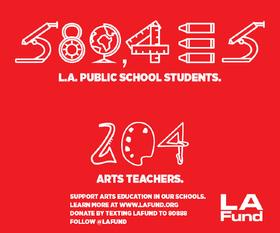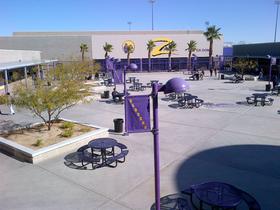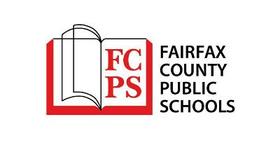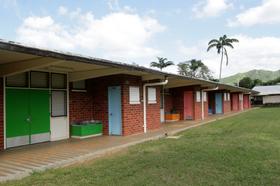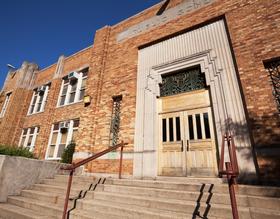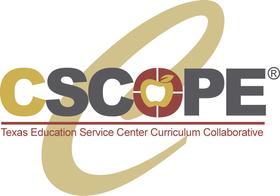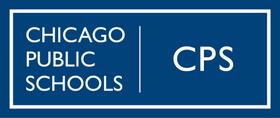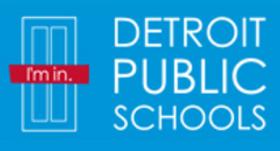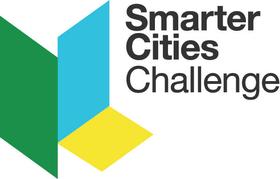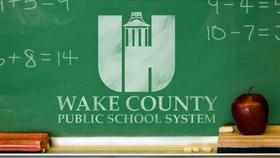Prince George Public Schools is the second-largest school district in the state of Maryland and the 18th largest district in the United States. The diverse student population consists of primarily African-American and Hispanic students, with less than five percent of Caucasian students included in the demographics. The diversity of the student body poses some challenges to the school district, but the adoption of a unique management model has made a positive impact.
What is the Comer School Development Program?
The Comer School Development Program was first created in 1968, in an effort to bring up the quality of education at two failing Connecticut elementary schools. The program was introduced through a partnership between the Yale University Child Study Center and New Haven Public Schools. The two New Haven schools in question were suffering from a variety of serious obstacles at the time, from test scores near rock bottom to staff morale that was just about as low.
The management model introduced a focus on child and adolescent growth, as well as interpersonal relationships. Through a careful integration of collaboration, problem solving and decision-making by consensus, the Comer School Development Program was proven to be effective in improving education quality through improvement of leadership within the public school system.
Three teams are assigned to oversee the Comer School Development Program at each school. Those teams include:
- School Planning and Management Team (SPMT)
- Student Staff and Support Team (SSST)
- Parent Team (PTO , PTSA)
These teams work together through the three components listed above (collaboration, problem solving and decision-making by consensus), to provide oversight and support to individual schools, according to the website for Prince George Public Schools.
Comer Comes to Prince George
The Comer School Development Program was established at the first 10 Prince George elementary schools in 1985. Those Milliken II schools were struggling at the time, so the program was introduced to as a model for school improvement and development, according to the Yale School of Medicine website. The program proved successful enough to launch additional programs in other Prince George schools throughout the county.
Currently, 22 schools in Prince George utilize Comer School Development Programs. In addition, the district established a Regional Professional Development and Training Center for Comer programs within Prince George County. The training site serves as a center both for Prince George schools and the Yale University Child Study Center. The site also provides a central location for conferences and joint participation of training events, according to the Prince George Public School’s website.
An Overview of Comer Programs
The original goal of Comer programs was to improve educational opportunities for poor and minority children who were not getting a sufficient quality of education, according to the website for the University of Washington. The program focuses on building relationships between children, parents and school employees to create a positive learning environment overall. Comer employs a process model that uses the three teams listed above, which subscribe to the following guiding principles:
- Collaborative participation that effectively involves the school’s principal
- No-fault approach and attitude toward solving problems
- Joint decision-making approach that is performed by consensus
In addition, the program involves three key processes. When these processes are combined with the management teams and the guiding principles, it becomes a nine-prong system that works together student gains in performance, behavior and attendance. Staff training is emphasized, which is why Prince George now features a training center within its county boundaries, to keep staff involved in the Comer programs informed and up to date.
While the management program is well defined, it does not incorporate any sort of curriculum for schools to follow. The decision of what and how to teach is left up to individual schools. The Comer School Development Program approached education from a very different perspective, focusing on the interactions among all of those directly involved with the academic success of a child. The program also focuses on management principles that guide how decisions are made and implemented within each school that employs the program.
Success of Comer School Development Programs
The expansion of Comer programs throughout Prince George schools over the past two decades is an indication that the programs work effectively – at least in many of the schools where the programs are implemented. In addition, studies performed on the programs have shown that students in schools that have implemented Comer programs have showed significant gains in areas like attendance, achievement, behavior and overall adjustments.
Experts who have studied Comer programs have determined that improvement of school climate and environment is an important key to the success of students gauged at these schools. The programs emphasize teamwork, with a collaboration of top-down and bottom-up management principles. Comer also keeps programs child-centered, with implementation of plans that are specifically designed for the benefit of the students at the school.
In addition to the benefits seen immediately within schools that employ Comer programs, the benefits may be even wider-reaching. Some experts have noted that when Comer programs were implemented in low-income, high-crime areas, a sense of community building takes place both inside and outside of the classroom. The same principles that bring a positive environment to the school may extend to a positive climate throughout the school community.
In addition to the success seen at Prince George schools, the Comer School Development Programs have also been effectively implemented at schools in Benton Harbor, Michigan. With the initial introduction in the New Haven, Connecticut schools, this brings the total of school locations positively impacted by Comer programs to three. Perhaps further expansion of the model to other areas of the U.S. will be seen in the future.





